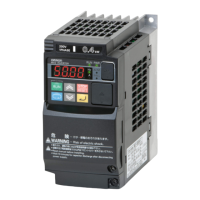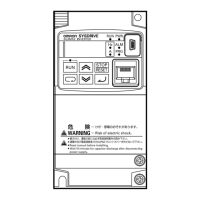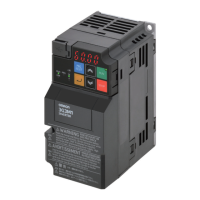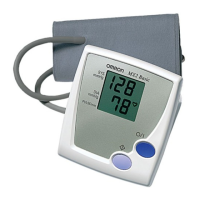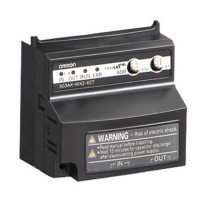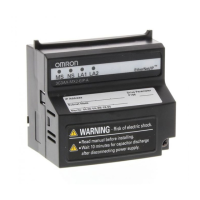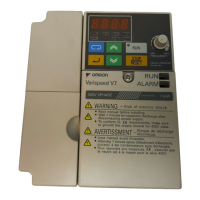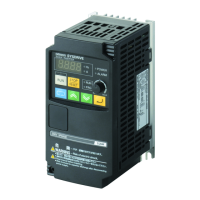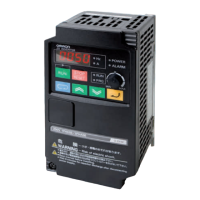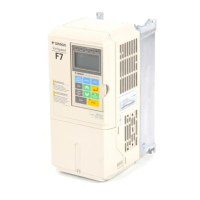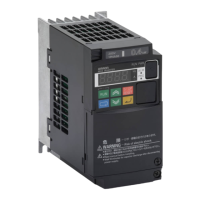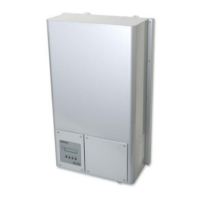256
Glossary Section A-1
Digital Operator Panel For Omron inverters, "digital operator panel" (DOP) refers first to the operator
keypad on the front panel of the inverter. It also includes hand-held remote
keypads, which connect to the inverter via a cable. Finally, the DOP Profes-
sional is a PC-based software simulation of the keypad devices.
Diode A semiconductor device that has a voltage-current characteristic that allows
current to flow only in one direction, with negligible leakage current in the
reverse direction. See also Rectifier.
Duty Cycle 1. The percent of time a square wave of fixed frequency is ON (high) versus
OFF (low).
2. The ratio of operating time of a device such as a motor to its resting time.
This parameter usually is specified in association with the allowable ther-
mal rise for the device.
Dynamic Braking For the X2002 inverter models, the braking unit and braking resistor are
optional (external) components. The dynamic braking feature shunts the
motor-generated EMF energy into a special braking resistor. The added dissi-
pation (braking torque) is effective at higher speeds, having a reduced effect
as the motor nears a stop.
Error In process control, the error is the difference between the desired value or set-
point (SP) and the actual value of a the process variable (PV). See also Pro-
cess Variable and PID Loop.
EMI Electromagnetic Interference – In motor/drive systems, the switching of high
currents and voltages creates the possibility of generating radiated electrical
noise that may interfere with the operation of nearby sensitive electrical instru-
ments or devices. Certain aspects of an installation, such as long motor lead
wire lengths, tend to increase the chance of EMI. Omron provides accessory
filter components you can install to decrease the level of EMI.
Four-quadrant operation Referring to a graph of torque versus direction, a four-quadrant drive can turn
the motor either forward or reverse, as well as decelerate in either direction
(see also reverse torque). A load that has a relatively high inertia and must
move in both directions and change directions rapidly requires four-quadrant
capability from its drive.
Free-run Stop A method of stopping a motor, caused when the inverter simply turns OFF its
motor output connections. This may allow the motor and load to coast to a
stop, or a mechanical brake may intervene and shorten the deceleration time.
Frequency Setting While frequency has a broad meaning in electronics, it typically refers to
motor speed for variable-frequency drives (inverters). This is because the out-
put frequency of the inverter is variable, and is proportional to the attained
motor speed. For example, a motor with a base frequency of 60 Hz can be
speed controlled with an inverter output varying form 0 to 60 Hz. See also
Base Frequency, Carrier Frequency, and Slip.
Harmonics A harmonic is a whole number multiple of a base of fundamental frequency.
The square waves used in inverters produce high frequency harmonics, even
though the main goal is to produce lower-frequency sine waves. These har-
monics can be harmful to electronics (including motor windings) and cause
radiated energy that interferes with nearby electronic devices. Chokes, line
reactors, and filters are sometimes used to suppress the transmission of har-
monics in an electrical system. See also Choke.
Horsepower A unit of physical measure to quantify the amount of work done per unit of
time. You can directly convert between horsepower and Watts as measure-
ments of power.

